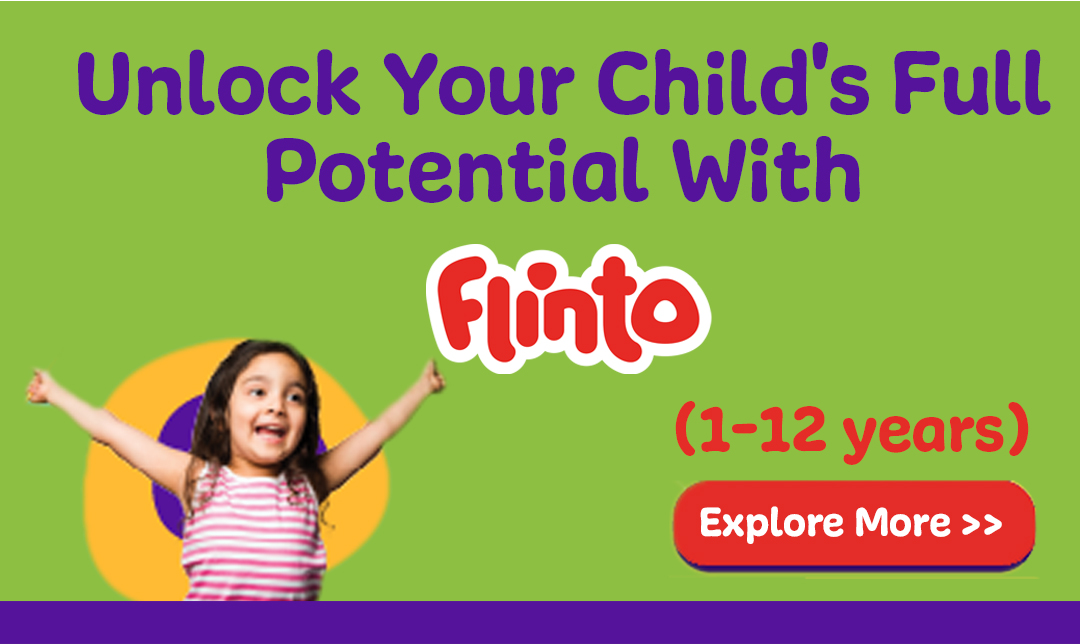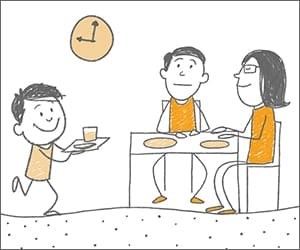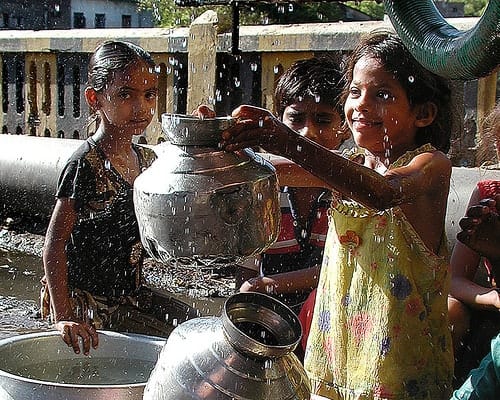How can you ensure safety for your little ones inside your preschool? – Childproof your furniture, the corners of your classrooms and stop worrying about the little bumps and falls.
Parents always want a safe and happy environment for their little ones. And, safety is indeed an important aspect to consider while designing a preschool.
There are many factors that help a parent make that decision to send his/her child to a particular preschool. And the most important factor is safety.
Keeping your students safe and preventing accidents inside your preschool premises can be ensured by childproofing the school. It sounds like an expensive affair, but here is how it can be done at a minimal cost.
Ten simple steps to childproof your preschool classroom
- Furniture is an important aspect of a preschool classroom. Find child-friendly tables, chairs and mats that are ergonomically designed for learning. Circular or oval tables are ideal for group activity and is best suited in a preschool classroom. Some tables even have adjustable legs that is quite handy while setting up the table for a specific activity. Ergonomically designed tables and chairs come as a unit.

Photo by Seattle Parks & Recreation - Before you buy any furniture for the class, ensure that it has rounded and soft edges to prevent injury from accidents. Just in case you have an existing setup of furniture with sharp edges, then you can childproof your preschool furniture using child safety strip cushions.
- While designing your classroom, it is essential to have no provisions for electrical sockets up to three feet of height. In case, electrical sockets already exist at a height that is accessible to children then, every electrical socket, wire and point needs to be double-checked. You can use socket covers to childproof electrical socket. Put a red post-it and make it a rule that no child will touch any socket or wire.
- Your preschool classroom will need plenty of storage space to keep learning materials, stationery, and toys. All cabinets, racks and drawers need to have latches. You can install a small lock & key mechanism that will make them foolproof. Every drawer is numbered and labeled for your reference. Keep the drawer closed at all times. You can also use these child safety locks for drawers and cabinets.
- Every classroom needs a first aid kit with an antiseptic lotion, band-Aids and medicines. This needs to be locked up and kept away from their reach. It can be kept in a small box at a visible spot but out of reach of the children.
- Any cleaning supply such as floor wash liquid, detergent or air freshener need to be kept in a place that is out of reach of the children, and it has to be locked up. It is essential to dedicate a storage as a janitor’s cabinet in your school that is away from children’s classrooms and all supplies clearly labeled for use.
- Also, it is important to purchase cleaning supplies that are less toxic and safe to be used in a classroom. There are several organic and eco-friendly products available in the market that cause no harm when inhaled; such items must be bought, preferably.
- The stationery items must always be kept organized in a closed cabinet. You can place the stationery items in a separate cabinet. Teachers can access the items and put it away when not in use. This includes colour pencils, crayons, chalks, markers etc. All the stationery items must be non-toxic and easy to use. While helping a child use a new item, one must ensure that they do not nibble on it or take it too close to the eye. Buying age-appropriate stationery is important for children’s learning and development.
- All electrical appliances like an emergency lamp, projector, music player or even a kettle must be kept away from the edge of counters and tables. Keep them inside a cabinet and take them out only when necessary. Also, while setting up an electrical equipment such as a music player in the classroom, take care to ensure there are no wires hanging dangerously. Put back the electrical equipment inside the storage immediately after use.
- Setup your table or desk at a convenient location.The room is set up in a way that all the children are easily visible, the cabinets are accessible and you can reach the door in a jiffy. And watch out for the dangling cords from the blinds or curtains. Fix the curtain rod firmly to the wall. You might find many colourful and fun curtains in the market, but always buy a good quality, non-toxic drape.
- You can use a fun door-stopper to prevent the door from shutting when you leave the room. Be vigilant and ensure the doors are always shut or a stopper is in place.
- If all these steps seem very over-whelming, just remember that you can get a company to childproof your preschool for you. But the most cost-efficient way would still be to do it yourself. Here is a do-it-yourself kit that can help you or else, Safe Baby is a company that can take care of this childproofing process at a fee.
Here is a small checklist that you can print and stick in your classroom
| Item | Description | Checkbox |
| Furniture | Tables, chairs, racks, boxes – all with rounded edges or with childproof tape at the edges | |
| Cabinet, Racks | All racks need to be locked and childproofed | |
| Electrical sockets and appliances | Kept out of reach and childproofed with socket covers | |
| Stationery and Art supplies | Non-toxic and age-appropriate objects only. | |
| First Aid Kit | Available upon request but kept out of immediate reach. | |
| Tissues | Readily Available and a small poster to ensure it is disposed after the each use. | |
| Curtains | Non-toxic, good material with a firm curtain rod and cords are tied up. | |
| Harmful and toxic materials | Floor wash, air freshener, and Tool kit such as screwdriver, hammer – locked up. |
|
| Dustbins | Two dustbins – for wet waste and dry waste (and an image to help them differentiate) |






